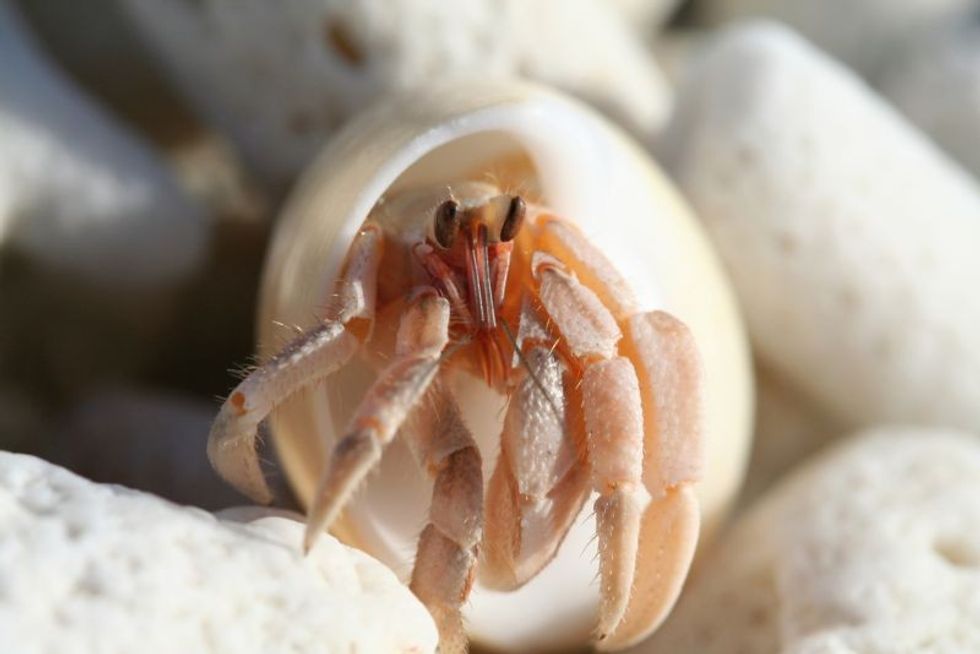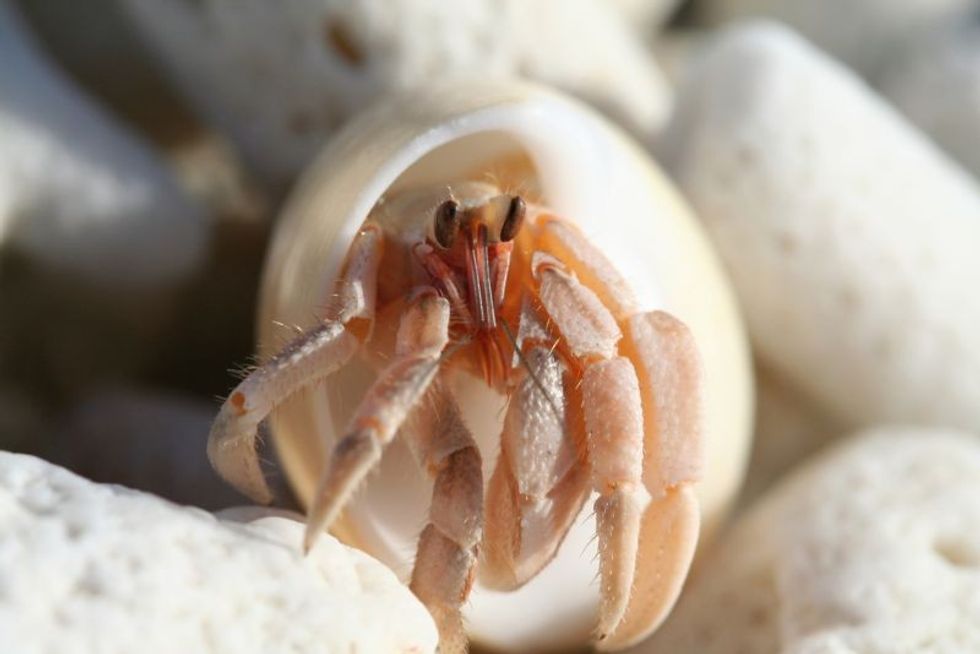Hermit Crab Habitat: Creating The Perfect Home For Your Hermit Crab
Hermit crabs are the superfamily of crabs that belong to the Coenobitidae and Paguroidea families.
There are 800 species of hermit crabs with numerous genera. They are crustaceans who are related to lobsters, crabs, and prawns.
Hermit crabs are usually seen in a reddish-orange color, and they are found in temperate areas of the Northern Hemisphere and in tropical or subtropical regions. The most interesting fact to know is that they do not produce their own shells like snails.
They mostly use left-out old shells of other animals like snail shells. A shell-less hermit crab can easily be preyed upon by its predators and it also needs to protect its exoskeleton.
These crabs also use hollow objects to protect their soft bodies. They usually weigh between 7-17.6 oz (200-500 g).
A hermit crab is an ideal option to choose as a pet as it is very easy to look after this crab. They are very social creatures. These crabs usually live for only 10 years but with the right care, they can live up to 15 years.
They are gentle animals and are not aggressive. Hermit crabs do not carry diseases from humans, they are disease-free.
These hypo-allergenic crabs are safe pets for children with allergies. They are nocturnal, which means they feed and are active at night but will sleep throughout the day. Land hermit crabs belong to the genus of Coenobita.
Coenobita clypeatus is the Caribbean hermit crab that has a life of up to 30-40 years. These crabs hide under large trees, have gills to breathe in their shells, and help to maintain the humidity needed for gas exchange purposes.
These soldier crabs can grow very large in size, up to 6 in (15.2 cm) in diameter. They seem to look larger than a baseball.
If you have enjoyed this article, why not also read about how do hermit crabs mate and how big do hermit crabs get here on Kidadl?






